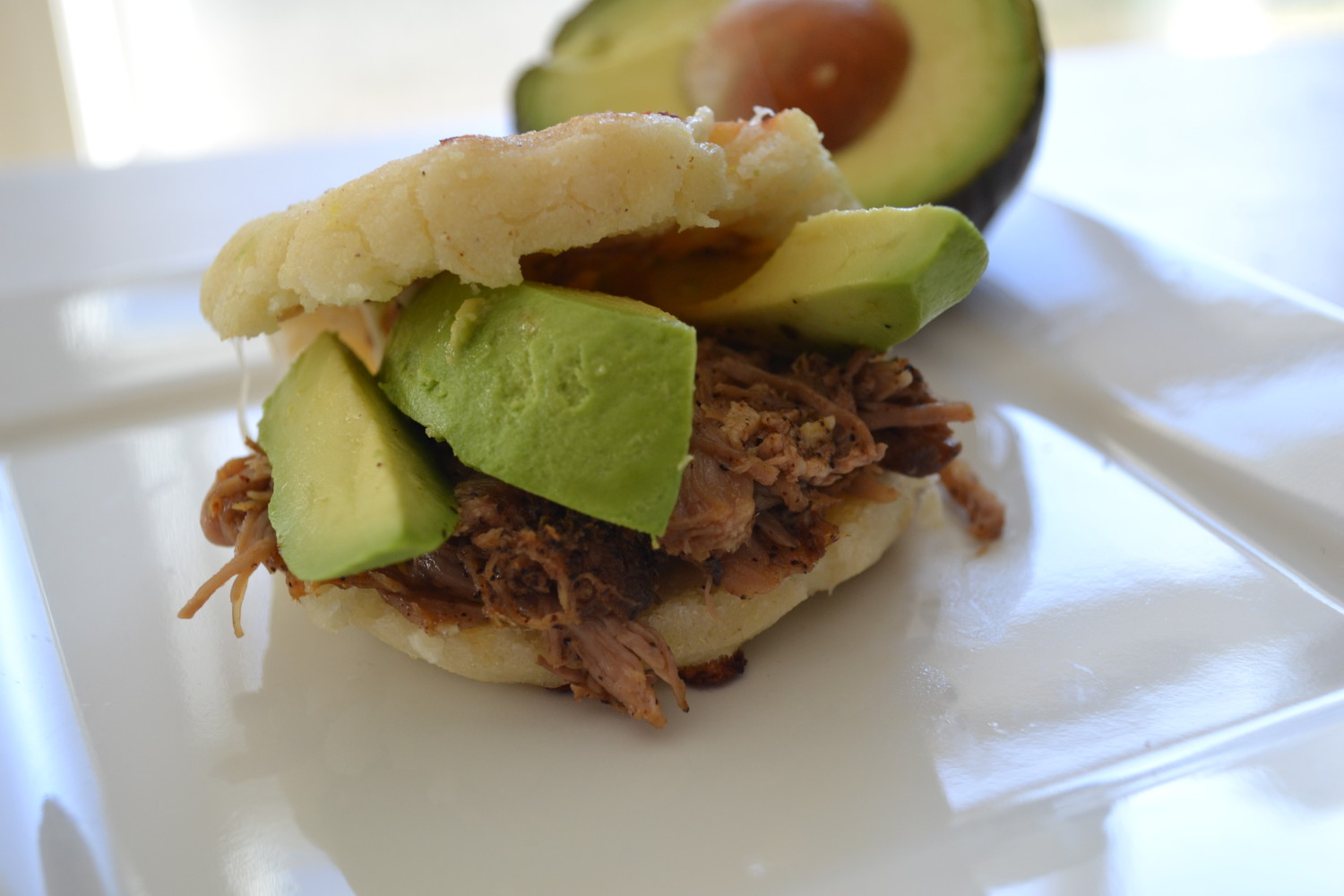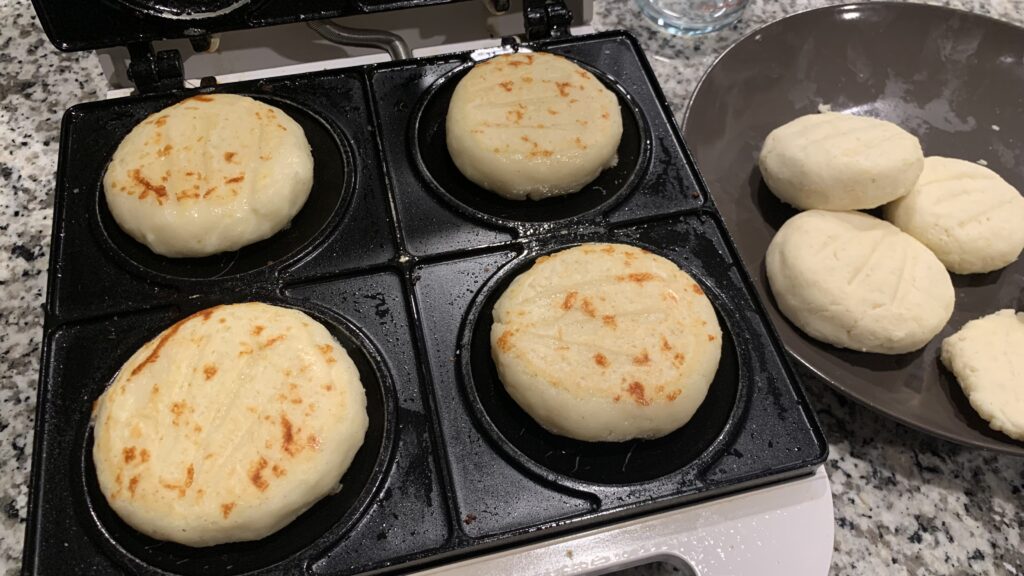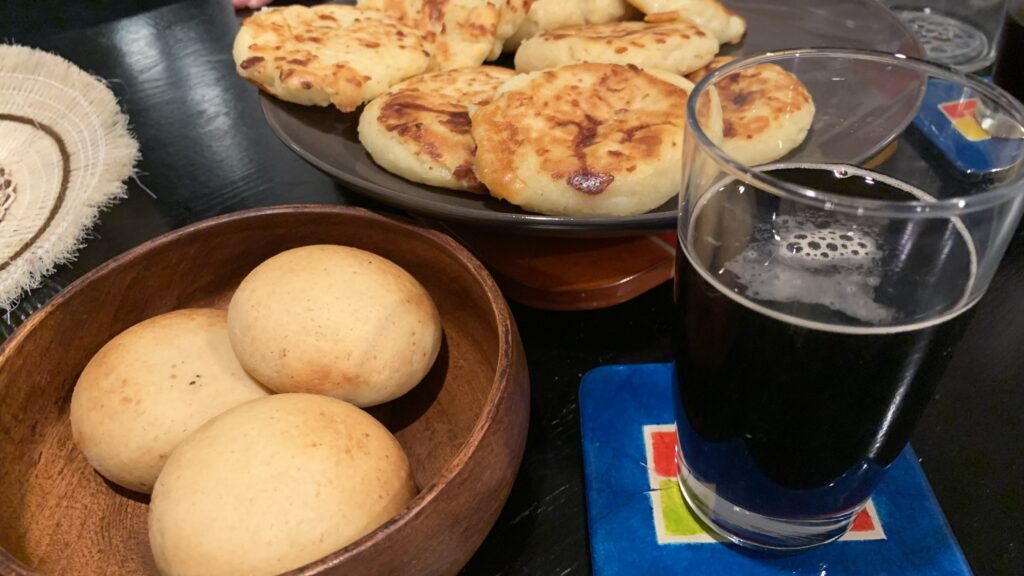Arepas are a traditional food from many Latin American countries, including Colombia, Venezuela, and Panama. They are made from cornmeal and typically served with a variety of fillings. But where did arepas come from, and how have they evolved over time?
The origins of arepas can be traced back to the indigenous peoples of Latin America, who have been eating cornmeal-based dishes for centuries. These dishes were an important part of their diet and were made using locally-grown corn.
Over time, the Spanish conquistadores introduced new ingredients and cooking techniques to the region, and this had a major impact on the development of arepas. For example, the Spanish introduced the use of wheat flour, which was used to make a type of arepa known as “arepa de harina.”
In the centuries that followed, arepas continued to evolve and became an important part of the cuisine of many Latin American countries. Different regions began to develop their own unique versions of arepas, using different types of cornmeal and fillings. For example, in Colombia, arepas are typically made with white cornmeal and are served with a variety of fillings, while in Venezuela, arepas are typically made with yellow cornmeal and are often fried in oil.
Today, arepas are a beloved food in many Latin American countries, and they have also gained popularity in other parts of the world. They can be found in many restaurants and are often served at parties and other social events.
In recent years, arepas have become a popular food trend, with many people experimenting with different types of fillings and flavor combinations. This has led to the development of new and innovative arepa dishes, such as arepas stuffed with pulled pork or topped with avocado and salsa.
Overall, the history of arepas is a fascinating one, and it reflects the rich and diverse culinary heritage of Latin America. From their humble beginnings as a staple food of the indigenous peoples, to their evolution into a beloved and versatile dish, arepas have come a long way and continue to be enjoyed by people all over the world.



















